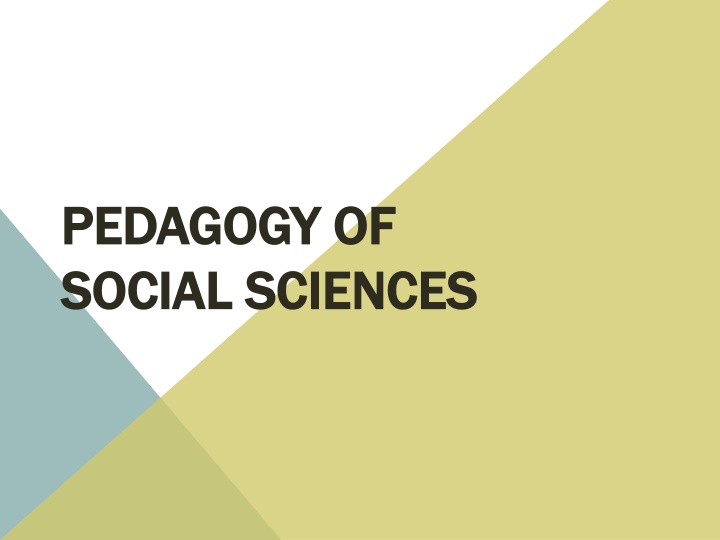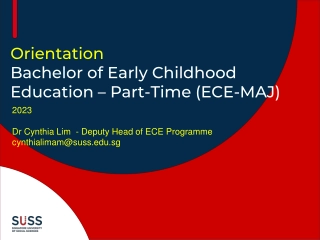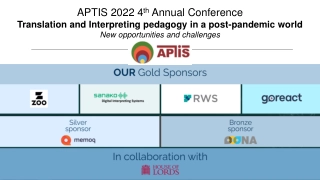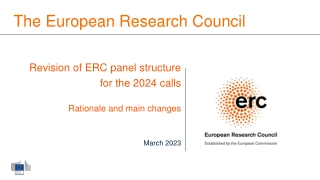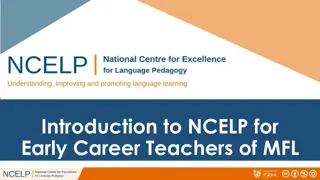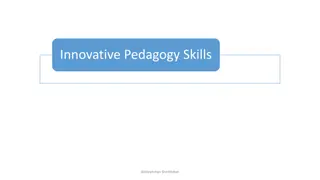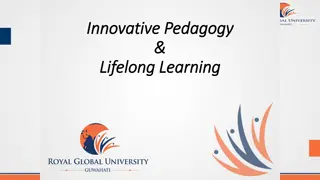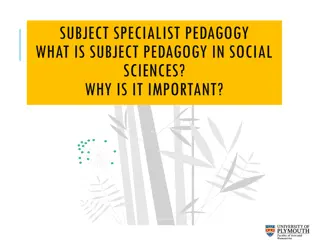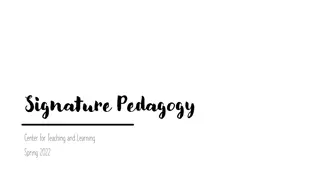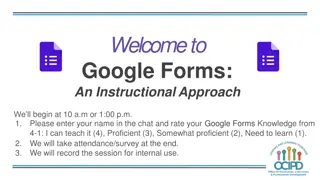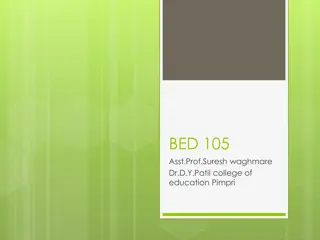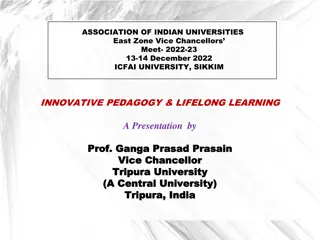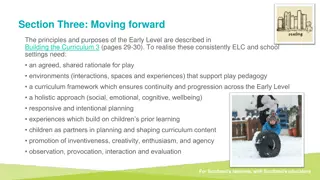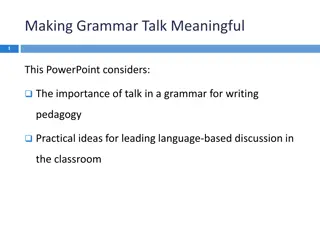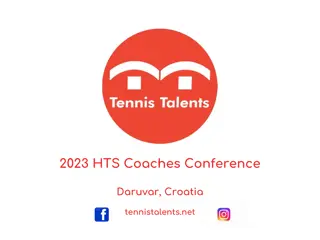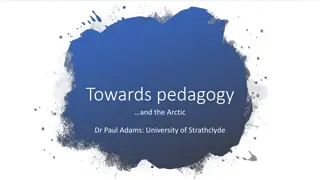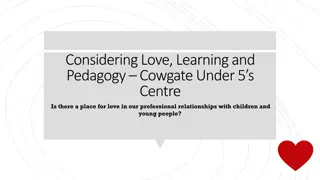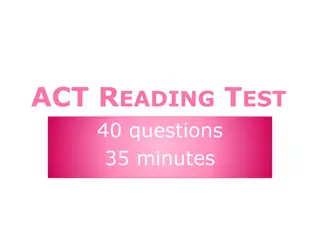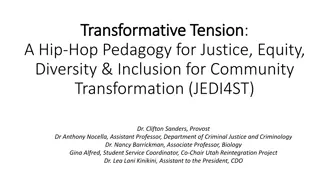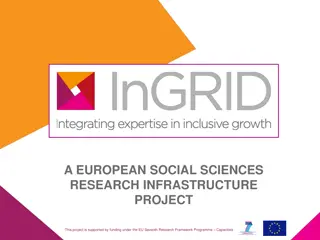PEDAGOGY OF SOCIAL SCIENCES
The domain of Social Sciences at the elementary stage forms an important part of general education, focusing on human interaction in social environments. Teaching in Social Sciences aims to enhance learners' abilities in understanding social issues, promoting empathy, equality, dignity, and respect. It encourages critical thinking and reflection on individual and societal values, as well as instilling values such as liberty, harmony, justice, and fraternity.
Download Presentation

Please find below an Image/Link to download the presentation.
The content on the website is provided AS IS for your information and personal use only. It may not be sold, licensed, or shared on other websites without obtaining consent from the author.If you encounter any issues during the download, it is possible that the publisher has removed the file from their server.
You are allowed to download the files provided on this website for personal or commercial use, subject to the condition that they are used lawfully. All files are the property of their respective owners.
The content on the website is provided AS IS for your information and personal use only. It may not be sold, licensed, or shared on other websites without obtaining consent from the author.
E N D
Presentation Transcript
PEDAGOGY OF PEDAGOGY OF SOCIAL SCIENCES SOCIAL SCIENCES
INTRODUCTION INTRODUCTION The The domain domain of of Social elementary elementary stage stage forms general general education education The The content content of of the broad broad understanding understanding of of human with with natural natural and and social time, time, space space and and institutions institutions Social Sciences Sciences at at the forms an an important important part the part of of the subject subject area area includes includes a a human interaction interaction social environment environment across across
Social Social Sciences Sciences teaching namely namely freedom, freedom, trust enhancing enhancing learner s learner s ability social social issues issues having social social well well- -being being. . The The subjects subjects also empathy, empathy, equality, equality, dignity, dignity, plurality plurality and teaching promotes trust and and respect ability to to critically having a a bearing bearing on promotes human respect for critically reflect on individual individual and human values for diversity diversity by reflect on values by on and also inculcate inculcate other liberty, liberty, and harmony harmony. . other values values such justice, justice, such as fraternity, fraternity, as
Every Every discipline discipline in in Social method method of of investigation investigation for through through understanding, understanding, analyzing, applying applying a a logical logical and understand understand the the cause cause and events, events, processes processes and Social Social Sciences Sciences lend scientific scientific enquiry, enquiry, which natural natural and and physical physical sciences Social Sciences Sciences has for arriving arriving at at conclusions analyzing, evaluating and rational rational approach and effect effect relationship and phenomena phenomena lend themselves themselves to to methods which are are distinct distinct from sciences. . has its conclusions evaluating and approach to to relationship of of its own own and methods of of from the the
The The teaching teaching and attempts attempts to to integrate environment, environment, peace, disadvantaged disadvantaged sections infused infused manner manner across and learning learning of of Social integrate concerns concerns pertaining peace, gender, gender, SC sections of of the across disciplines disciplines. . Social Sciences Sciences pertaining to to SC & & ST ST and and other the society society in in an other an
LEARNING OBJECTIVES LEARNING OBJECTIVES Understand Understand the order order to to appreciate appreciate the and and change change. . Recognize Recognize establishing establishing inter environment environment. . Appreciate Appreciate Constitution Constitution of of India equality equality and and fraternity the relevance relevance of of Social the phenomena phenomena of of continuity Social Sciences Sciences in in continuity the the inter- -linkages linkages with relevance relevance of of the the subject subject and social social in in with natural natural and values values India such fraternity . . the the enshrined enshrined as justice, justice, liberty, in in the the such as liberty,
Classify Classify and relationship relationship in in the events, events, natural their their impact impact on Explain Explain the the concepts democracy, democracy, development, and and forces forces that that enrich and and art art. . and compare compare the the context natural and and social on different different sections concepts like development, diverse enrich our the cause cause and context of of occurrence occurrence of of social processes processes and sections of of society like unity unity in in diversity, diverse factors our culture, culture, heritage and effect effect and society diversity, factors heritage
Discuss Discuss the approaches approaches in in understanding social social phenomena phenomena. . Create Create awareness awareness and diversity, diversity, gender gender Children Children with with Special marginalized marginalized sections sections of of society the need need for for evolving evolving plurality understanding natural plurality of of natural and and and sensitivity sensitivity towards disparity, disparity, Special Needs Needs (CWSN) society. . towards needs needs (CWSN) and of of and
EXEMPLARS FOR TRANSACTION IN SOCIAL EXEMPLARS FOR TRANSACTION IN SOCIAL SCIENCES SCIENCES
THEME: GLOBE THEME: GLOBE- - LATITUDES AND LONGITUDES LATITUDES AND LONGITUDES LEARNING OBJECTIVES: LEARNING OBJECTIVES: Students will will be be able latitudes latitudes longitudes longitudes Difference Difference between between Latitude North North Pole Pole and and South Equator Equator Students able to to identify/locate identify/locate: : Latitude and South Pole Pole and Longitude Longitude
Tropic Tropic of of Cancer Tropic Tropic of of Capricorn Prime Prime Meridian Meridian ( (0 0 Degree locate locate places places on Latitude Latitude and and Longitude locate locate places places on Latitude Latitude and and Longitude Cancer Capricorn Degree Longitude) Longitude) on the the Globe Globe with Longitude on Map Map and and in in Longitude with help help of of Atlas Atlas through through
Some Suggestive Pedagogical Processes: Some Suggestive Pedagogical Processes: Students Students should globe globe and and map Models Models such such as latitudes latitudes and longitude longitude and blackboard blackboard may transacting transacting the should be map frequently frequently as globe, globe, tactile and longitudes longitudes along and grid grid on may be be used used to to engage the theme theme. . be given given opportunities opportunities to to use use tactile map, along with on paper paper or or drawing engage students map, 3 3D D models with latitude, drawing on students in in models of of latitude, on
Teacher Teacher should with with students students in in local explain explain the the concepts concepts. . Discussions, Discussions, questioning knowing knowing the the children s theme theme. . Quiz Quiz can can be be organised organised on mix mix groups groups of of boys should make make effort local language effort to to communicate communicate language also also to to questioning can children s understanding understanding of of the can be be adopted adopted for for the on the the theme and girls girls. . theme involving involving boys and
THEME : SOURCES THEME : SOURCES The The domain domain of of Social reservoir reservoir of of sources to to understand understand different Sources Sources are are mainly Social Sciences Sciences is is based sources that that enable enable the different subjects subjects in in- -depth mainly primary primary and and secondary based on the learners learners depth. . secondary. . on
DIAGRAMMATIC REPRESENTATION OF SOURCES DIAGRAMMATIC REPRESENTATION OF SOURCES Literary, Archaeological, Numismatics, Literary, Archaeological, Numismatics, Inscriptions, Oral accounts of Inscriptions, Oral accounts of survivors of movements, folk songs survivors of movements, folk songs and folk lore etc. and folk lore etc. Primary Sources Textbooks, Reviews based on primary Textbooks, Reviews based on primary sources in Journals, Periodicals, etc. sources in Journals, Periodicals, etc. Secondary Sources Secondary Sources
LEARNING OBJECTIVES: LEARNING OBJECTIVES: Identify Identify variety sources sources giving wherever wherever they theme theme. . Interpret Interpret sources Evaluate Evaluate the limitations limitations. . Recognize Recognize the sources sources to to get variety of of historical giving examples examples of of men they have have contributed historical and and archaeological archaeological men and and women contributed as women per the as per the sources critically the sources sources used critically in in their used in in terms their own own language language. . terms of of their their the importance importance of of using get a a holistic holistic picture picture using multiple multiple
Some suggestive Pedagogical Processes: Some suggestive Pedagogical Processes: While While discussing discussing the may may make make participatory, participatory, joyful it it with with the the lived You You may may constantly constantly dialogue initiate initiate activities activities in in groups children children are are motivated sources, sources, discuss discuss sources own own interpretations, interpretations, raise to to the the body body of of information the theme theme on the the class class joyful and and stimulating stimulating by lived lives lives of of the the learners dialogue with groups and motivated to to read sources critically, raise questions information. . on sources sources you room room teaching teaching by linking learners. . with the the children, and pairs pairs so read more critically, give questions and you linking children, so that more on give their and add that on their add
You You may archaeological archaeological sites their their family, family, neighbourhood in in the the context context of of getting India s India s freedom freedom struggle may also also take take children children for sites or or interview interview a a living neighbourhood and getting information information related struggle and and partition partition. . visit to to museum, museum, living legend legend in in and community community especially related to to the for visit especially the While While conducting conducting activities With With Especial Especial Needs activities you Needs (CWSN) (CWSN). . you may may include include Children Children You You may talking talking books, may use books, audio use sources sources like audio visual like tactile tactile maps, visual materials, materials, brail maps, diagrams, diagrams, brail etc etc. .
THEME: LIVELIHOODS THEME: LIVELIHOODS Learning Objectives: Learning Objectives: Identify Identify the earn earn their their living Examine Examine opportunities opportunities to to earn Describe Describe the the similarities life life situations situations and in in different different areas areas the different different ways living in in urban whether whether earn a a living similarities and and the the challenges ways in in which urban and and rural people people living and differences challenges people which people rural areas areas have have people equal equal differences in in people face face
SOME SUGGESTIVE PEDAGOGICAL PROCESSES: The The theme children children to to describe responsible responsible for undertaken undertaken in in rural women women. . theme Livelihood Livelihood is is expected describe and for availability availability of of different rural and and urban expected to to enable and understands understands the different livelihoods urban areas areas by enable the the factors factors livelihoods by men men and the and You You may trans trans gender of of livelihoods livelihoods in in their may engage engage children gender children) children) and children in in mixed and discuss their district district and mixed groups groups (boys, discuss different different sources and villages villages. . (boys, girls, sources girls,
You You may and and challenges challenges associated livelihood livelihood. . may also also motivate motivate them associated with them to to mention with different mention the different types the issues issues types of of Case Case studies, taken taken up economic economic background can can be be organised organised to to elicit them them. . studies, audio up by by men background may audio- -visuals visuals on men and and women may be elicit children s on different different occupations women from from different different socio be shared shared and and discussions children s perceptions perceptions on occupations socio- - discussions on
You You may to to familiarize familiarize children activities activities performed performed by If If your your school school is is located taken taken to to construction construction sites, places places. . In In addition addition to to the survey survey method, method, role be be conducted conducted. . Fairs Fairs can can be be organised products products from from rural of of while while transacting transacting the may organize organize a a visit children with visit to to a a nearby with different different type by men men and and women located in in urban urban are, sites, factories, factories, officer nearby agricultural agricultural field type of of agricultural women. . are, students students can officer or or market field agricultural can be market be the above above participatory participatory approaches, role play play on on different different occupations approaches, occupations can can organised in in schools rural and and urban the theme schools showcasing showcasing different urban areas areas may may be theme. . different be thought thought
CHECKLIST FOR SELF- ASSESSMENT I will be able to I will be able to Some what Some what Good Good Very good Very good Excellent Excellent Use the module and examples and Use the module and examples and add more to it add more to it Interlink different domains of social Interlink different domains of social sciences sciences Conduct suggested activities and Conduct suggested activities and more more Translate it in the language of Translate it in the language of learners learners Prepare Teaching Prepare Teaching- -Learning materials Learning materials- - audio/video and so on audio/video and so on
Thank You Thank You
